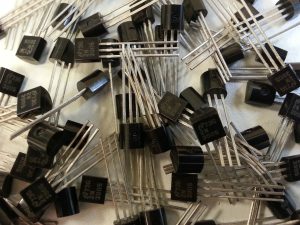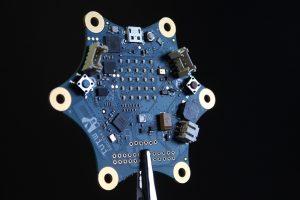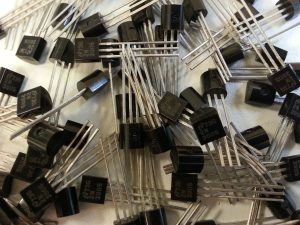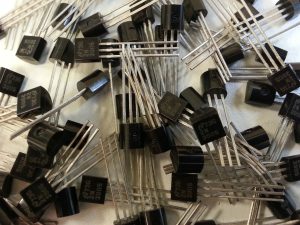Bio-Electronic Memory: Living Storage
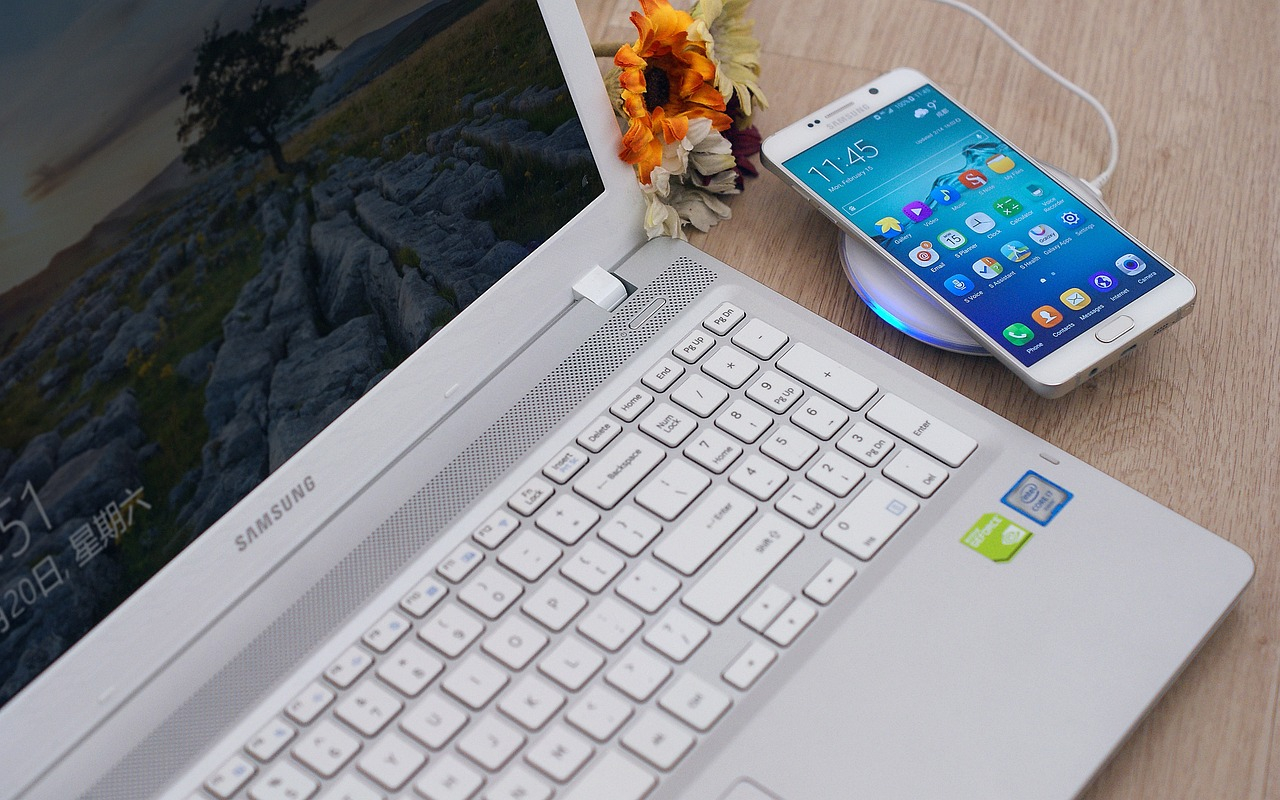
Bio-electronic memory is a revolutionary technology that combines the power of biology and electronics to create a storage system unlike any other. Traditional electronic storage devices use rigid and non-biodegradable materials, but bio-electronic memory, also known as living storage, uses living cells to store and retrieve data. It’s a concept that sounds like it’s straight out of a science fiction novel, but the technology is very real and has the potential to change the way we store information forever.
The Origins of Bio-Electronic Memory
The roots of bio-electronic memory can be traced back to the discovery of DNA’s double helix structure in 1953 by James Watson and Francis Crick. This breakthrough in biology paved the way for genetic engineering and manipulation, which ultimately led to the creation of biological computers and storage devices.
In 2016, a team of researchers from Harvard University and the University of Edinburgh successfully encoded and stored a short movie, “The Arrival of a Train at La Ciotat Station”, into the DNA of common bacteria. This was the first demonstration of using living cells as a storage medium, and it opened up a whole new world of possibilities for bio-electronic memory.
How Bio-Electronic Memory Works
The basic principle of bio-electronic memory is to store data in the DNA of living cells. DNA is a self-replicating molecule that contains an organism’s genetic code. It has the ability to store vast amounts of information, and it’s incredibly durable – surviving for thousands of years in fossils.
To store data, the DNA is synthesized and inserted into living cells, typically bacteria. The digital data is then converted into a DNA code using a binary system of base pairs – adenine, thymine, guanine, and cytosine – which represent 1s and 0s, just like in traditional computer storage.
When the data needs to be retrieved, the bacteria are either grown or multiplied, and the stored data can be accessed by sequencing the DNA. The information can then be decoded back into its original digital form.
The Advantages of Bio-Electronic Memory
One of the major advantages of bio-electronic memory is its potential for an incredible amount of storage capacity. The human body, for example, contains enough DNA to store the entire internet three times over. This translates to massive storage potential in a small and compact form.
Bio-electronic memory is also incredibly durable. As mentioned earlier, DNA can last for thousands of years, making it ideal for long-term data storage. Traditional electronic devices, on the other hand, are susceptible to damage and degradation over time.
Additionally, bio-electronic memory is environmentally friendly. Unlike traditional electronic storage devices, which use harmful materials such as silicon, bio-electronic memory uses natural and biodegradable materials. This makes it a sustainable option for storing data.
The Future of Bio-Electronic Memory
The potential applications of bio-electronic memory are vast and diverse. One area where it can have a significant impact is in data storage for space missions. Traditional electronic devices are affected by cosmic radiation, which can corrupt or erase data. Bio-electronic memory is not affected by radiation, making it the perfect solution for storing data in space.
In the future, we may see bio-electronic memory being used for everyday data storage, such as in smartphones and computers. It could also have applications in fields like healthcare, where it could be used to store medical records and other sensitive information.
Concerns and Limitations
As with any emerging technology, there are concerns and limitations to consider. One concern is the ethical implications of using living cells for data storage. There are also questions surrounding the security and privacy of data stored in bio-electronic memory.
Another limitation is the current cost of the technology. The process of encoding and decoding data into DNA is still expensive and time-consuming. However, as the technology advances and becomes more mainstream, the cost is expected to decrease.
Conclusion
Bio-electronic memory is a remarkable technology that has the potential to revolutionize data storage. Its unique combination of biology and electronics allows for massive storage capacity, durability, and eco-friendliness. While there are still limitations to overcome, the future looks promising for this groundbreaking technology. Who knows, in a few years, we may be storing all of our data in living cells.



